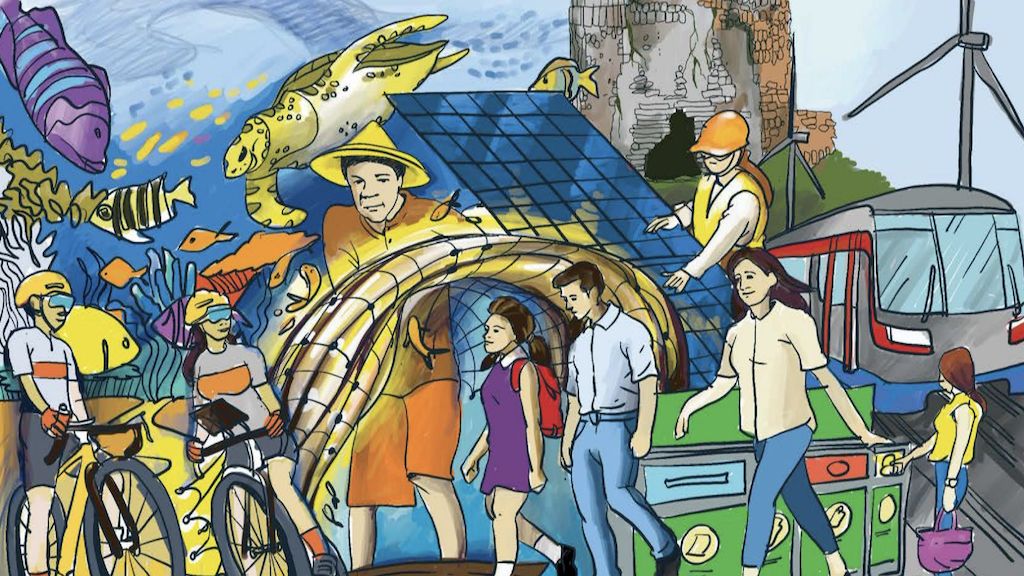A green recovery from the COVID-19 pandemic in Southeast Asia has the potential to create $172 billion in investment opportunities annually and generate more than 30 million jobs by 2030, according to a new Asian Development Bank (ADB) report.
Implementing a Green Recovery in Southeast Asia considers how green growth can help countries implement an economic recovery from the impacts of COVID-19. It identifies five areas that support a post-COVID-19 recovery through greener development, namely productive and regenerative agriculture, healthy and productive oceans, sustainable urban development and transport models, circular economy models, and renewable and efficient energy.

“This report highlights key policy priorities for Southeast Asian economies that can help ensure that both socioeconomic and environmental aspirations are served in their pursuit of economic recovery,” said ADB Director General for Southeast Asia Ramesh Subramaniam during a webinar jointly organized by ADB and ISEAS–Yusof Ishak Institute. “While several countries in the region have begun to support a green recovery, more needs to be done. We must encourage additional green stimulus, design carbon pricing schemes, reduce dependence on fossil-fuel intensive power, and attract private sector investors to large-scale renewable energy, sustainable transport, and clean urban projects.”
Without concerted actions to address the environmental crises of climate change and biodiversity loss, the region’s long-term growth prospects could be constrained. A green recovery from COVID-19 is crucial to ensure an economically and environmentally resilient future.
Other policy options identified in the report include intensifying research on green technologies, encouraging women entrepreneurs to participate in green business opportunities, and managing biodiversity better through open and integrated data systems.
To implement a green recovery, Southeast Asian governments need to identify sustainable sources of financing that will fund climate-friendly infrastructure investments and leverage green growth opportunities. According to the report, financing approaches should include mobilizing domestic resources through environmental and carbon taxes, reducing subsidies for fossil fuels, mobilizing private investors by addressing risks related to green investments, and leveraging public and private finance through green funds such as the ASEAN Catalytic Green Finance Facility. Finally, strong collaboration among neighboring economies and new partnerships with various stakeholders should be forged to ensure benefits accrue throughout the region.
ADB is committed to achieving a prosperous, inclusive, resilient, and sustainable Asia and the Pacific, while sustaining its efforts to eradicate extreme poverty. Established in 1966, it is owned by 68 members—49 from the region.














